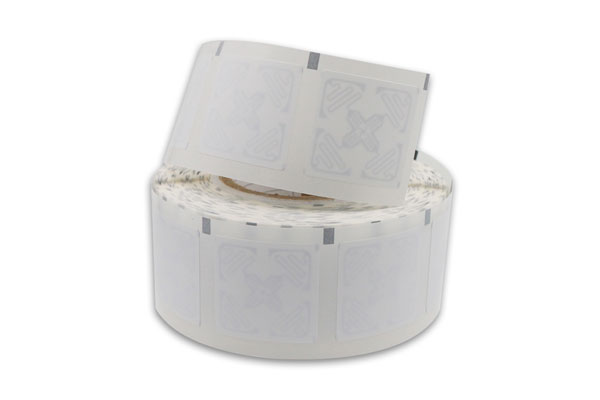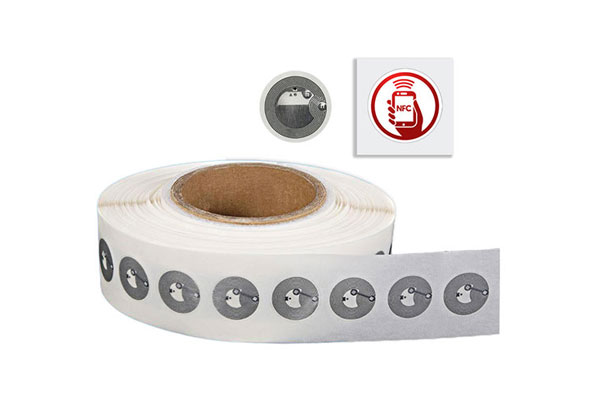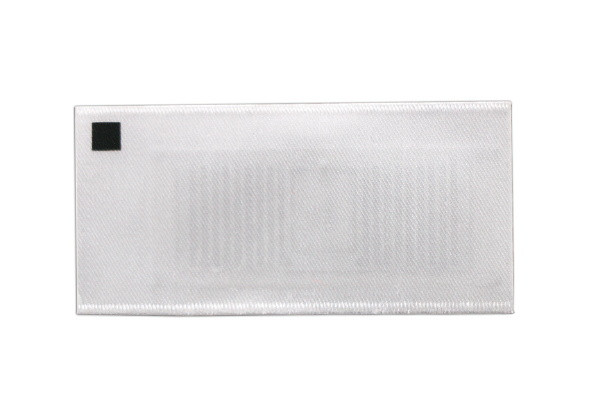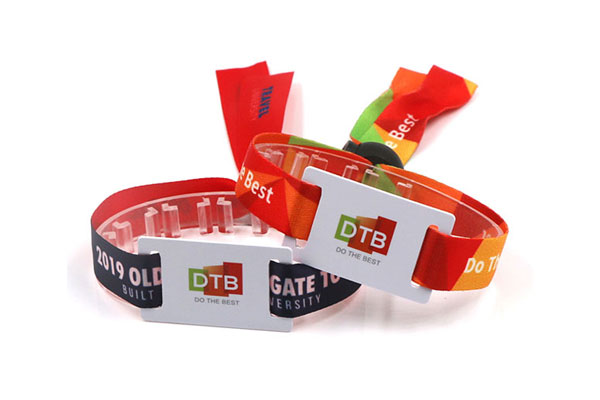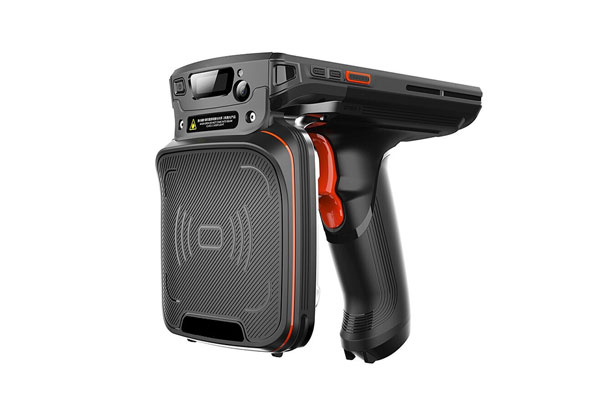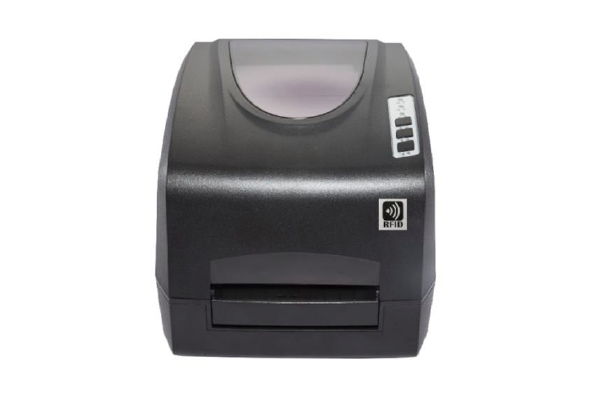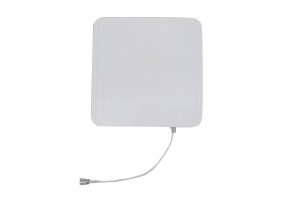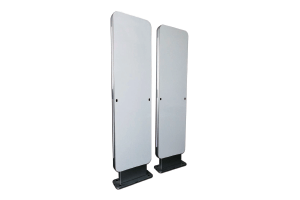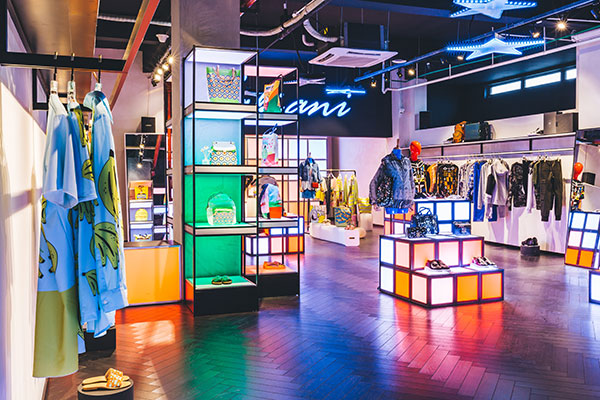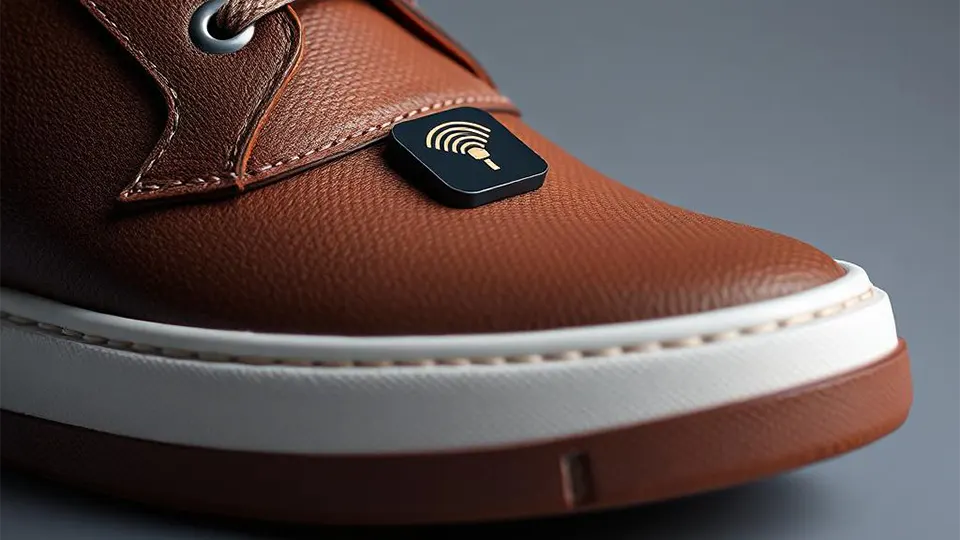When global footwear brand Allbirds rolled out RFID technology across its UK stores, it achieved more than a tech upgrade—it transformed its inventory accuracy from a dismal 60% to a near-perfect 98%. This seismic shift is not isolated. Across the industry, a sector has long been plagued by inefficient stock tracking, costly errors, and lost sales. By embedding tiny chips into products, brands are tackling billion-dollar problems in shrinkage, supply chain opacity, and customer experience, turning inventory management from a cost center into a strategic asset.
RFID Technology Demystified
At its core, RFID systems consist of three components: a microchip-enabled tag attached to the product, a reader (handheld or fixed) that captures the tag’s data via radio waves, and a software backend that processes this information. Unlike traditional barcodes requiring line-of-sight scanning, RFID enables simultaneous bulk reading of hundreds of items—even through boxes or packaging—at ranges up to 10 meters. This is largely enabled by UHF RFID, which balances long-range capability with cost efficiency.
Key Hardware Driving Footwear Applications
Inlays: Ultra-thin paper or PET-based tags (e.g., NXP UCODE® 9 or Impinj M700 chips) are embedded in labels or directly stitched into products. Certain inlays optimized for challenging materials like denim or shoebox plastic enable high-speed reading in distribution centers.
Fixed Readers & Gate Antennas: Installed at warehouse exits or store entrances for automated inventory tracking and loss prevention.
Handheld Scanners: Used for rapid stocktaking—some brands reduced hours-long audits to minutes by waving readers over stacked shoeboxes.
For Allbirds footwear, the tag is inserted under removable insoles, ensuring stability without compromising recyclable shoeboxes. Others use sew-in labels or tamper-proof adhesive tags affixed to soles or hang tags.
From Factory Floor to Checkout
Deploying RFID is a process reengineering exercise. Leading brands typically follow these phases:
Phase 1: Tagging at Source
Tags are applied during manufacturing or packaging. Each carries a unique EPC (Electronic Product Code) tied to SKU, size, color, and material data. One global sportswear retailer embeds RFID in all products at factories via networked suppliers.
Phase 2: Supply Chain & DC Integration
Readers at distribution centers capture tagged goods on conveyors or portals. High-sensitivity inlays enable reading through densely packed boxes—even mitigating interference from metals or liquids in footwear.
Phase 3: Store Deployment
Fixed readers at entrances/exits automate stock movement tracking. Staff use handhelds for daily cycle counts—enabling reliable omnichannel fulfillment (e.g., shipping from stores).
Phase 4: Customer-Facing Applications
RFID enables self-checkout (via smartphones that disable tags post-payment) and interactive displays. Some brands use shoe-embedded RFID to gamify customer experiences in flagship stores.
Training staff is vital. Simplified workflows allow cashiers to scan entire cartloads instantly, slashing checkout times.
Leading Brand’s Shoes RFID
After RFID integration, Allbirds’ stock accuracy surged to 98%, eliminating overstocking and enabling nationwide store-to-door shipping. This omnichannel shift boosted sales by capturing online demand via local inventory. Loss prevention at exits further reduced shrinkage—a critical industry pain point.
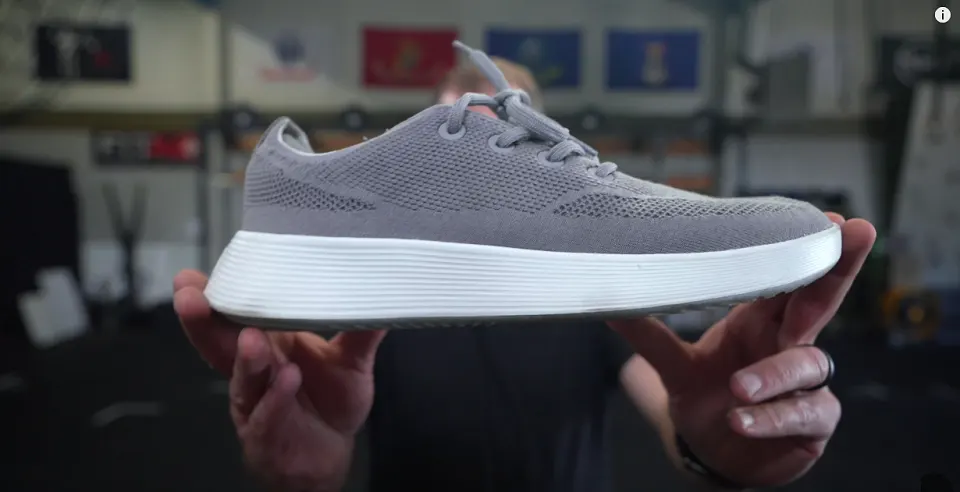
Decathlon: Autonomy & Accuracy
With RFID embedded in all stores globally, Decathlon uses tags for dual purposes:
Automated self-checkout, cutting queues;
Real-time inventory alerts that slash out-of-stock scenarios, driving documented sales growth.
Nike: Experience in Economics
Beyond logistics, Nike leveraged RFID to transform product usage into data. Runners’ shoe tags sync with LED walls for real-time race simulations—blending engagement with performance analytics. This turns footwear into a gateway for premium retail experiences.
By enabling near-perfect inventory accuracy, instant checkouts, and turning shoes into data-collection devices, this unassuming technology is adding billions to the industry’s bottom line.

